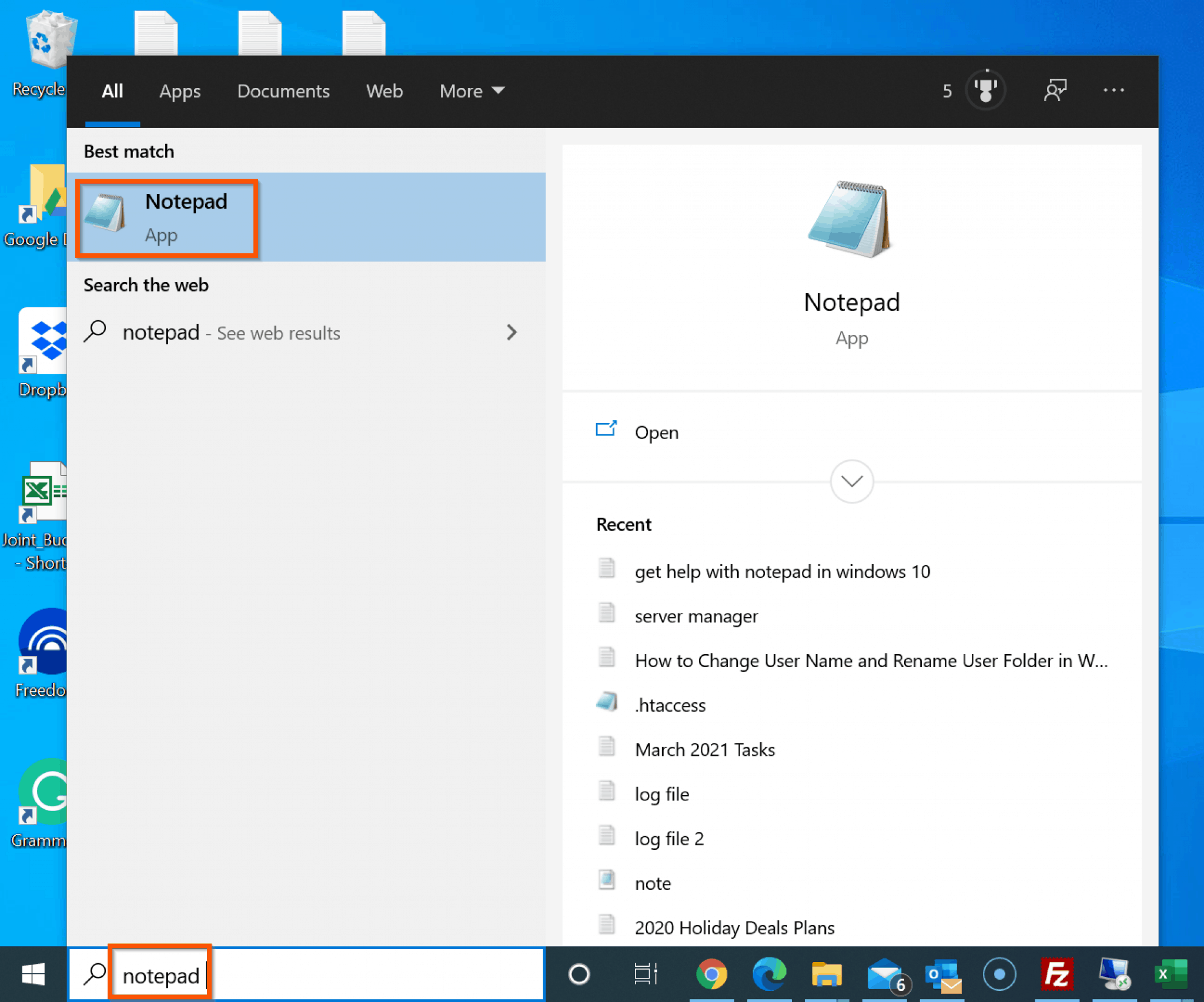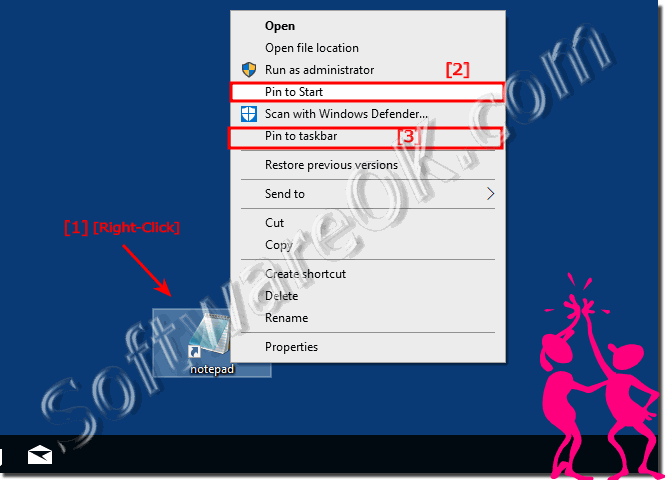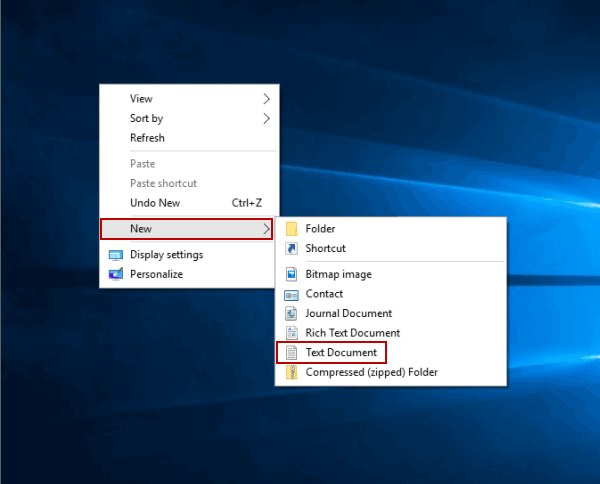

How to Enable Hyper V on Windows 11/10 Home
Once done, you’ll be prompted for a restart. With this, you should be able to find a new Command Prompt window making changes. Now, select the file, right-click and choose Run as Administrator. Name the file Enable Hyper-V.bat and save it on the Desktop. Now, head over to the File menu and choose to Save as from the drop-down. Start by copying the above-mentioned script to a new file in Notepad ( Start Search Box > search for Notepad > Choose the main listed result). hyper-v.txt 2^>nul') do dism /online /norestart /add-package:"%SystemRoot%\servicing\Packages\%%i"ĭism /online /enable-feature /featurename:Microsoft-Hyper-V -All /LimitAccess /ALL pushd "%~dp0"ĭir /b %SystemRoot%\servicing\Packages\*Hyper-V*.mum >hyper-v.txtįor /f %%i in ('findstr /i. Since Windows Home doesn’t officially ship with Hyper-V built-in, there’s a workaround one needs to follow to get Hyper-V on the machine. How to Install Hyper-V on Windows 11/10 Home If it says Enabled, then you’re all set however, if it says Disabled, head over to the BIOS and turn on Virtualization. Navigate to the Performance tab and check for the text next to Virtualization, present right below the graphs.  Pull up the Task Manager by either searching for the same in the Start Search Box or right-clicking on the Taskbar and choosing Task Manager from the drop-down.
Pull up the Task Manager by either searching for the same in the Start Search Box or right-clicking on the Taskbar and choosing Task Manager from the drop-down. 
Here’s how to check whether Virtualization has been enabled in the BIOS or not. Hyper-V requires Virtualization to be enabled in BIOS to create VMs. This post will guide you on how you can install and enable Hyper-V on Windows 11/10 Home.ĭoes Your Computer Support Virtualization? While that’s great, Windows 11 and Windows 10 Home Edition do not have the option to turn on or off the Hyper-V capabilities since Microsoft has made it available only for Windows Professional, Education, and Enterprise Editions. Hyper-V is similar to other virtual machine applications because it allows users to run different operating systems on top of Windows. Microsoft has been developing its own virtual machine application called Hyper-V to provide built-in virtual machine capabilities on Windows.







 0 kommentar(er)
0 kommentar(er)
